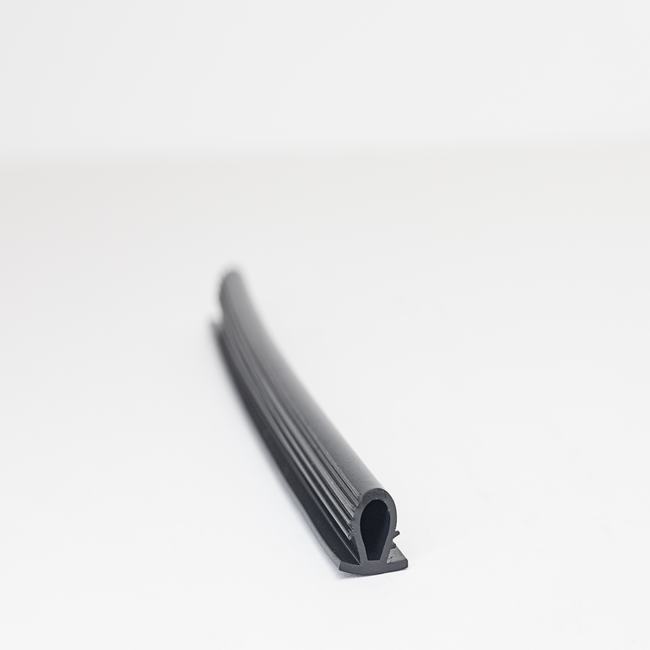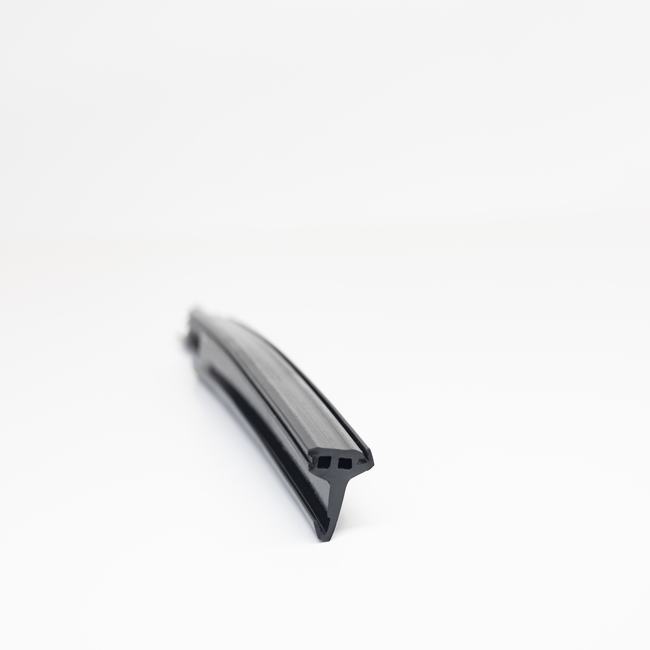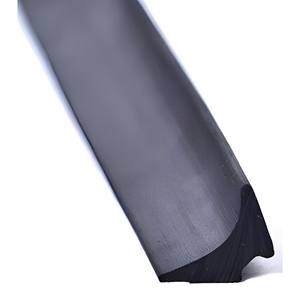Dilatation seals, also known as expansion joints or expansion seals, are critical components used in various engineering and construction applications to accommodate the movement and thermal expansion of different structural elements, such as pipelines, buildings, bridges, and other infrastructure systems. These seals play a crucial role in ensuring the longevity, safety, and structural integrity of these structures.
Here’s a comprehensive and detailed description of dilatation seals:
1. Purpose and Function:
Dilatation seals are designed to address the challenges posed by thermal expansion, contraction, vibration, and settlement in structural elements. These movements can lead to stress, cracking, and structural damage if not properly managed. Dilatation seals provide a flexible and resilient connection between adjacent structural components, allowing them to move independently while maintaining a secure and watertight barrier.
2. Types of Dilatation Seals:
There are various types of dilatation seals tailored to specific applications. The primary categories include:
- Compression Seals: Designed to absorb axial movement and compression forces.
- Expansion Seals: Used to accommodate expansion and contraction in structural elements.
- Contraction Seals: Address contraction-related movements in structures.
- Structural Seals: Offer both movement accommodation and structural support.
- Pipe Expansion Joints: Specifically designed for pipelines and ducting systems.
3. Materials and Construction:
Dilatation seals are typically constructed from a variety of materials to suit the specific requirements of the application. Common materials include rubber, neoprene, silicone, EPDM, metal, and fabric-reinforced elastomers. The selection of material depends on factors like temperature, chemical exposure, and environmental conditions. These materials are often combined in multiple layers to provide both flexibility and durability.
4. Installation:
Proper installation is critical for the effectiveness of dilatation seals. The seals are typically installed between two adjacent structural elements or at points where movements are expected. Careful consideration is given to the alignment, anchoring, and fastening of the seals to ensure they can move and expand as intended without compromising their integrity.
5. Applications:
Dilatation seals find applications in a wide range of industries and structures, including:
- Building Construction: Used in high-rise buildings, stadiums, and infrastructure to absorb structural movements and accommodate building sway and settlement.
- Bridges: Installed in bridge structures to handle thermal expansion and contraction, as well as seismic movements.
- Pipelines: Essential for pipelines, preventing damage from ground settlement and thermal expansion.
- Industrial Plants: Installed in industrial facilities to absorb vibrations and compensate for structural movements.
- Roads and Highways: Used in highway and road expansion joints to prevent damage and maintain road surface integrity.
6. Maintenance and Inspection:
Regular inspection and maintenance of dilatation seals are essential to ensure their continued effectiveness. This includes checking for wear and tear, proper alignment, and the integrity of sealing elements. Damaged or deteriorated seals should be promptly replaced to prevent structural issues.
7. Benefits:
The use of dilatation seals offers several key advantages, including:
- Structural Integrity: Prevents damage and maintains the structural integrity of buildings and infrastructure.
- Waterproofing: Ensures a watertight barrier, protecting against water ingress.
- Safety: Reduces the risk of accidents and injuries caused by structural damage.
- Longevity: Extends the lifespan of structures by minimizing stress and damage.
- Cost Savings: Reduces the need for expensive repairs and replacements.
In conclusion, dilatation seals are indispensable components in the construction and maintenance of various structures, providing flexibility, durability, and protection against the effects of movement and environmental factors. Their proper selection, installation, and maintenance are crucial to ensuring the safety and longevity of buildings, bridges, pipelines, and other infrastructure systems.






